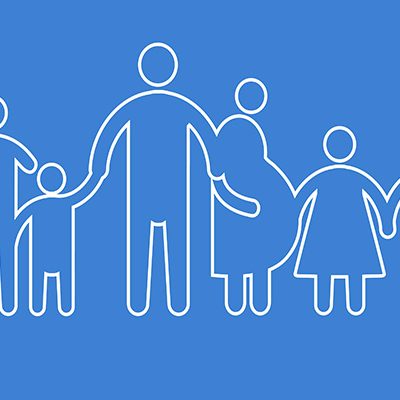If you’ve heard the term universal design thrown about but haven’t delved into what it truly means, you’re in luck. This article delves into the core principles of universal design, its advantages, and simple steps on how you can effectively utilize it in your designs.
What is universal design?
Universal design is a design strategy that ensures your product, environment, communication, or service works for everybody. By tailoring your design to everyone’s needs, you eliminate targeting specific users. You take on a liberated approach to simplify their lives through accessible and practical products that are easy to understand.
You want your product to work for everyone, no matter their gender, age, disability, or economic status. Through universal design, you will allow your users to use your products in the way that is most comfortable and convenient for them. You also avoid the use of language that limits the audience to particular groups.
The history of universal design
Ronald Mace was a director of the Center for Accessible Housing at North Carolina State University.
As a wheelchair user, he promoted universal design when it was still in its nascent stage. This is how he became known as the father of Universal Design.
Mace underlined the idea of making environmental design universal to make many lives simpler. He recognizes the issue with the existing architecture. His premise is that many buildings are not accessible to everyone. In fact, he goes on to argue that only buildings designed for the sole use of wheelchair users are truly universal.
The term universal design was coined in 1989 by Ronald Mace and his colleague, William Rowe.
Their groundbreaking book on the subject, Universal Design: A Sourcebook for Architects, Planners, and Developers, is considered a resource for everyone doing work in the realm of accessibility or universal design.
Ronald Mace passed away in 2011, but the universal design train he started continues to chug along.
Real-world examples of universal design
The ramp at the front door is an example of a universal design. It allows wheelchair users to gain access to the building without issue. Another example is a row of seats with a clear pathway right towards the center for wheelchair users. Anyone can use these seats and get into them easily, but they really shine when you use them with a wheelchair user in mind.
Universal design can be applied to both the physical environment and the digital design world.
Is universal design enough?
The idea behind universal design is that it would be easier for people to use your products or services if you make them accessible for everyone. This brings us back to the question of whether the universal design is enough. Despite its intentions, should designers make all of their products or services accessible? Should all websites be built with equal standards? The answer depends on how you define accessibility.
Distinguishing universal design from similar design models
Universal design’s model and philosophy tend to overlap and might be confused with other models of design, such as barrier-free or accessible design and inclusive design. While designers often make solutions that have an integration of all the three, it is critical to deeply understand their interrelationship to effectively use and implement them.
1. Universal design vs. barrier-free design
Barrier-free design – also called accessible design – aims to remove any obstacles between its users and its products when in use. This type of design is implemented to create seamless, accessible experiences. Unlike universal design, barrier-free design doesn’t target everyone. In fact, it only focuses on a subset of users with disabilities.
2. Universal design vs. inclusive design
Inclusive design is a model that deliberately builds accessibility into every stage of development and production. Universal design is inclusive by nature and aims to create products that are accessible without any extra modifications or additions required for use.
3. Universal design vs. accessible vs. inclusive design
It may seem redundant to many, but all three models are very different from each other. Universal design is concerned with how a product or service is built for everyone regardless of their specific condition. Barrier-free or accessible design isn’t really a part of the universal design because it focuses on better interactions for people who need special accommodations. Involving accessibility in a universal way is inclusive, but the term inclusive design is used to encompass both concepts and usually doesn’t apply to every situation.
Universal Design in Universal Windows Platform
Microsoft has adopted the universal design to bridge the gap between persons with disabilities and persons without disabilities using Windows 10. The accessibility features like high contrast theme, Narrator, or Cortana are designed to facilitate accessibility for users with sight, hearing or mobility impairment. Microsoft has used universal design concepts to create a product that works for everyone. The user interface throughout Windows 10 is designed so that it can be understood by people regardless of their age or physical capabilities.
Interested in reading more about websites that are usable for all? Web Accessibility – The Complete Learning Guide discusses web accessibility and why it is important in 2021.
 If you would like to discuss Your Logo with Mojoe.net or your website’s analytics, custom logo designs, social media, website, web application, need custom programming, or IT consultant, please do not hesitate to call us at 864-859-9848 or you can email us at dwerne@mojoe.net.
If you would like to discuss Your Logo with Mojoe.net or your website’s analytics, custom logo designs, social media, website, web application, need custom programming, or IT consultant, please do not hesitate to call us at 864-859-9848 or you can email us at dwerne@mojoe.net.

